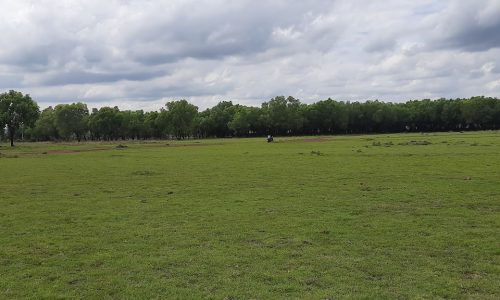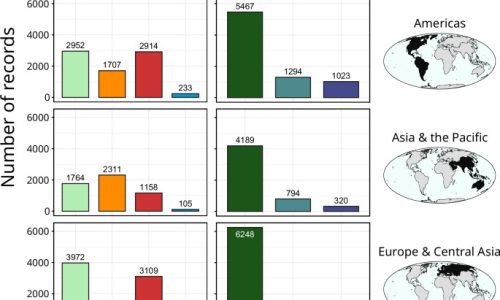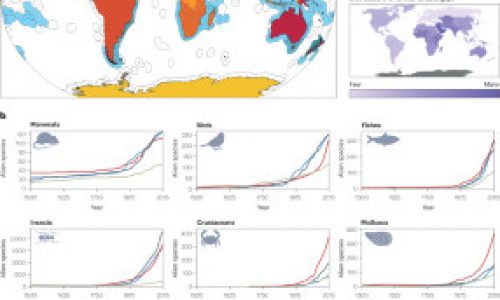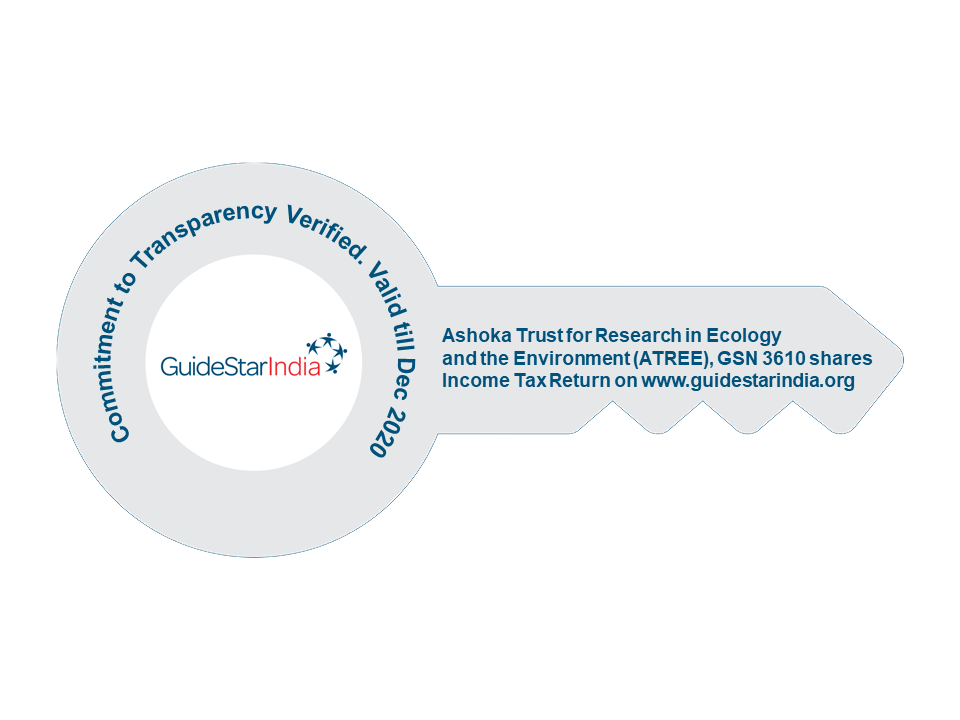Ashish N. Nerlekar, Avishkar Munje, Pranav Mhaisalkar, Ankila J. Hiremath, Joseph W. Veldman
Journal of Ecology | November 23, 2023
The consequences of land-use change for savanna biodiversity remain undocumented in most regions of tropical Asia. One such region is western Maharashtra, India, where old-growth savannas occupy a broad rainfall gradient and are increasingly rare due to agricultural conversion and afforestation. To understand the consequences of land-use change, we sampled herbaceous plant communities of old-growth savannas and three alternative land-use types: tree plantations, tillage agriculture and agricultural fallows (n = 15 sites per type). Study sites spanned 457 to 1954 mm of mean annual precipitation—corresponding to the typical rainfall range of mesic savannas globally.








